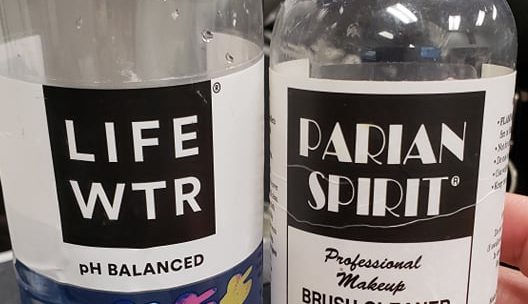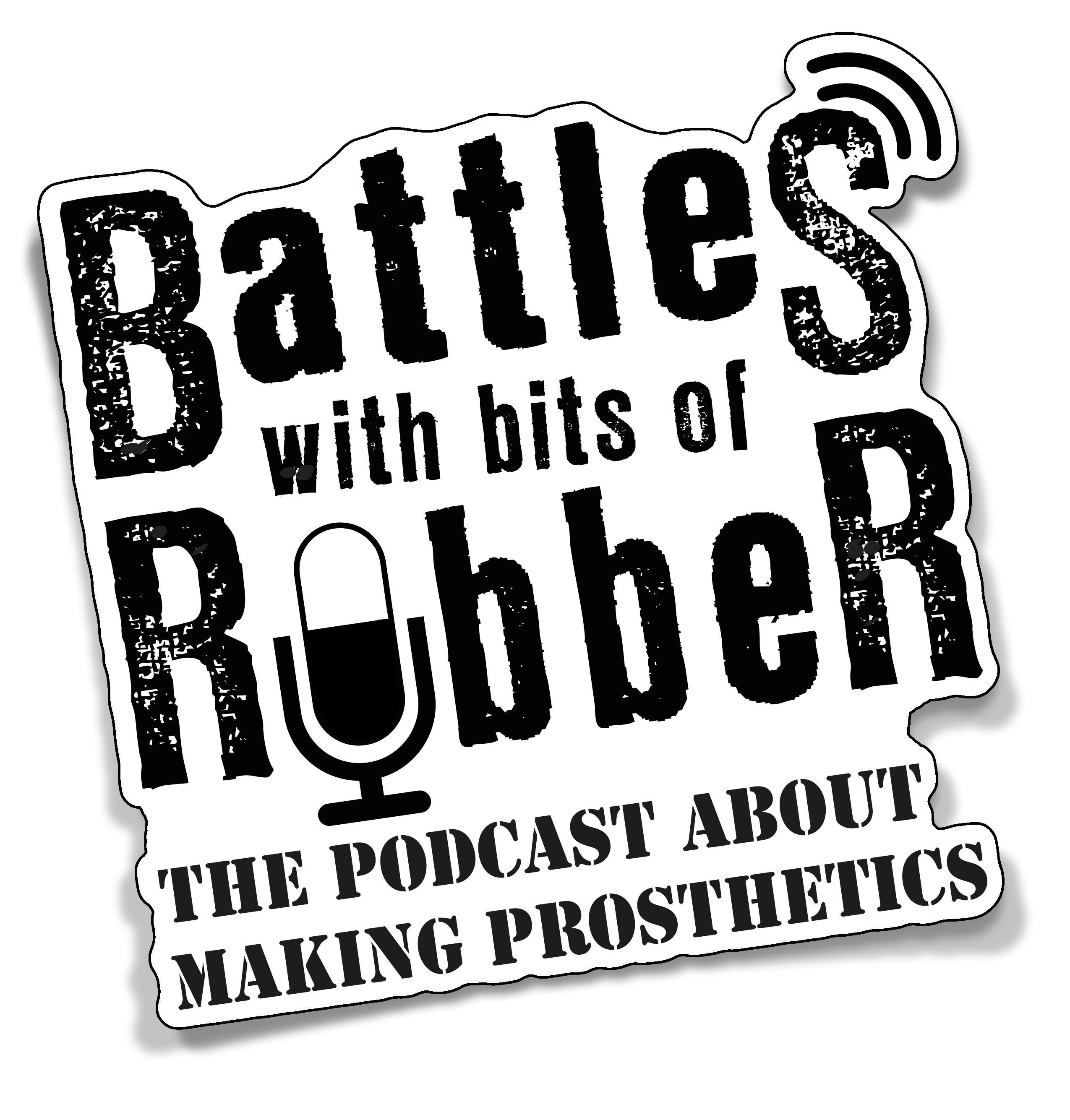We covered cutting edges in episode #61 but this one is specifically about cutting edges on flat moulds.
Cutting edges on appliance moulds do the work of separating the fine appliance edge from the flashing and excess, allowing the mould to close properly and achieve the feather thin edge you have sculpted.
To listen to the podcast, you can stream or download from here, or simply subscribe through your favourite podcast app – we are on many, including Spotify, Apple Podcasts, Soundcloud, IHeartRADIO , STITCHER , Luminary and Google Podcasts.
The exact width of the distance between the cutting edge and the sculpted edge varies between artists and techniques, preferences and materials. I have seen many sculpts where folk have had a massive distance between the cutting edge and the sculpt, and this is what prompted this episode.
So what is the optimal distance? Make it too narrow and there isn’t enough mould to provide a stable cutting edge and make it too wide and you have an excessive amount of cap plastic bordering your piece which can cause unusual wrinkling, flatten hair or skin textures and generally make a piece have a larger footprint than necessary.
Personally, I keep my edges tight to the sculpt (maybe 2-3mm away from the edge) and follow the sculpt as closely as possible, like a beach hugging the coastline. In this video, I show you why we do it like that.
In a typical rigid core and mould made from plaster or resin, the ‘cutting’ action of the mould on the core is caused by the thin edge being pressed down using a clamp, strap or weight usually. The appliance material (usually silicone or foam latex) is essentially a liquid and therefore responds to the pressure exerted on it by the cutting edge (assuming the mould is accurate and material strong enough to withstand the closing pressure required).
With flat moulds, however, there is no core being squished into a mould. Instead, typically the back of the mould is left open and wiped clean with a rigid scraper to arrive at a clean border of cap plastic around the appliance. This clean border should have no silicone residue on there, which allows it to be then melted away on the skin later and thus blending into the skin.
Because silicone is therefore compressed as you push down during scraping, softer silicones will compress more than firmer silicones. For this reason, firmer silicones for flat moulds are better with regards to scraping. Knowing that the silicone mould will compress, the cutting edge or margin of clean cap plastic will increase (even a firm silicone mould will compress a little). Anticipating this, I make the cutting edge close to begin with. Watch the video to see what I mean.







The book I was reading which mentioned ‘Stereo Type’ with regards to printing was The Village Carpenter: The Classic Memoir of the Life of a Victorian Craftsman by Walter Rose, published originally in 1937. Check out the Stereotype process on the Wikipedia page.
See what books are freely available at Project Gutenberg https://www.gutenberg.org/.

Many thanks, as always, for your time checking the stuff out. You can email us directly at stuartandtodd@gmail.com or leave us a voice message on our site.
If you enjoy this podcast and got something out of it, would you do us a solid and tell just one more person about us? Send them a link and help us grow!
–Stuart & Todd
To listen to the podcast, you can stream or download from here, or simply subscribe through your favourite podcast app – we are on many, including Spotify, Apple Podcasts, Soundcloud, IHeartRADIO , STITCHER , Luminary and Google Podcasts.


